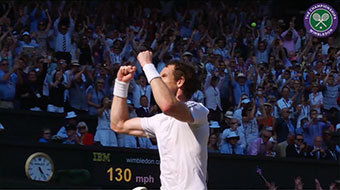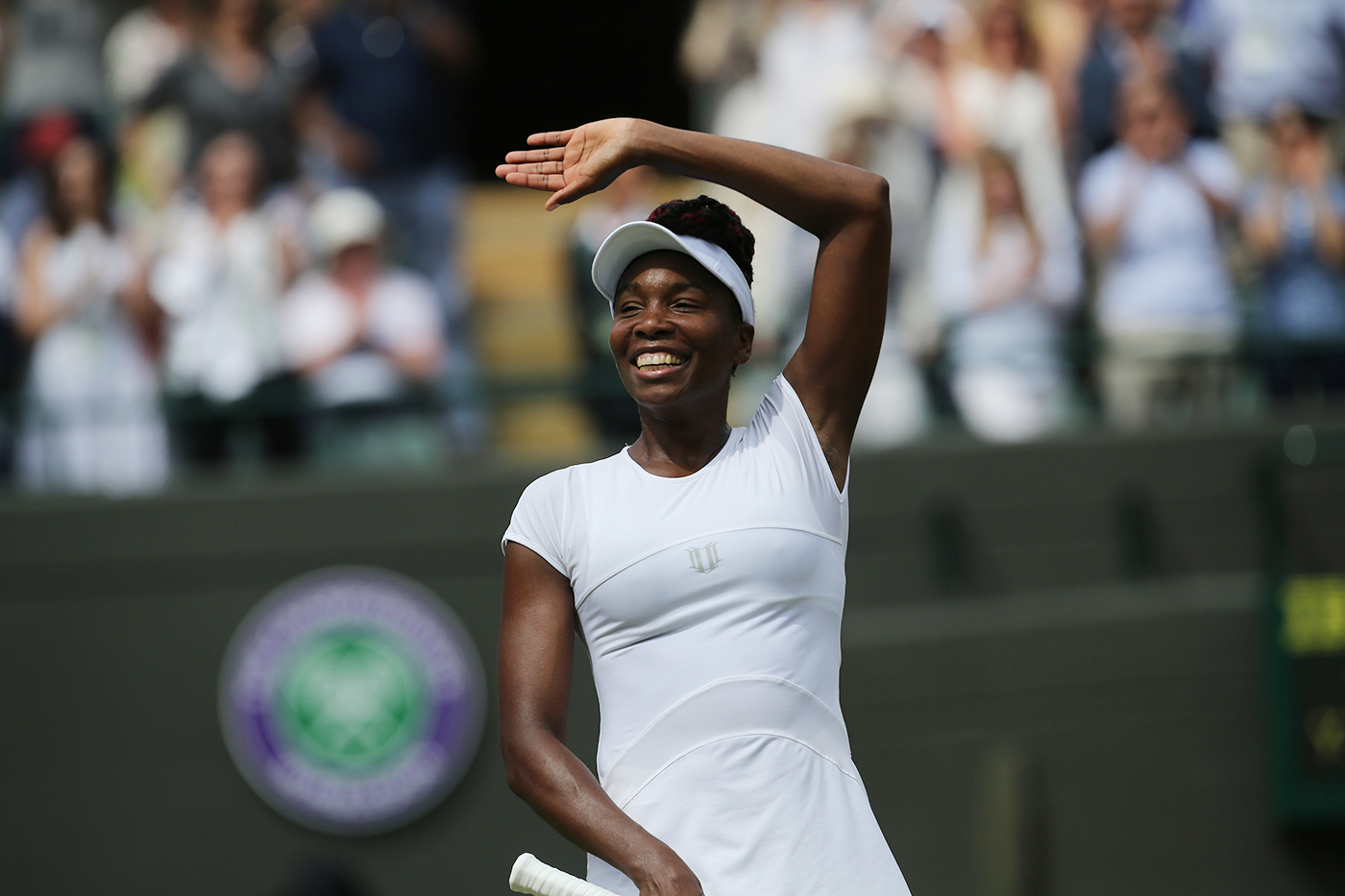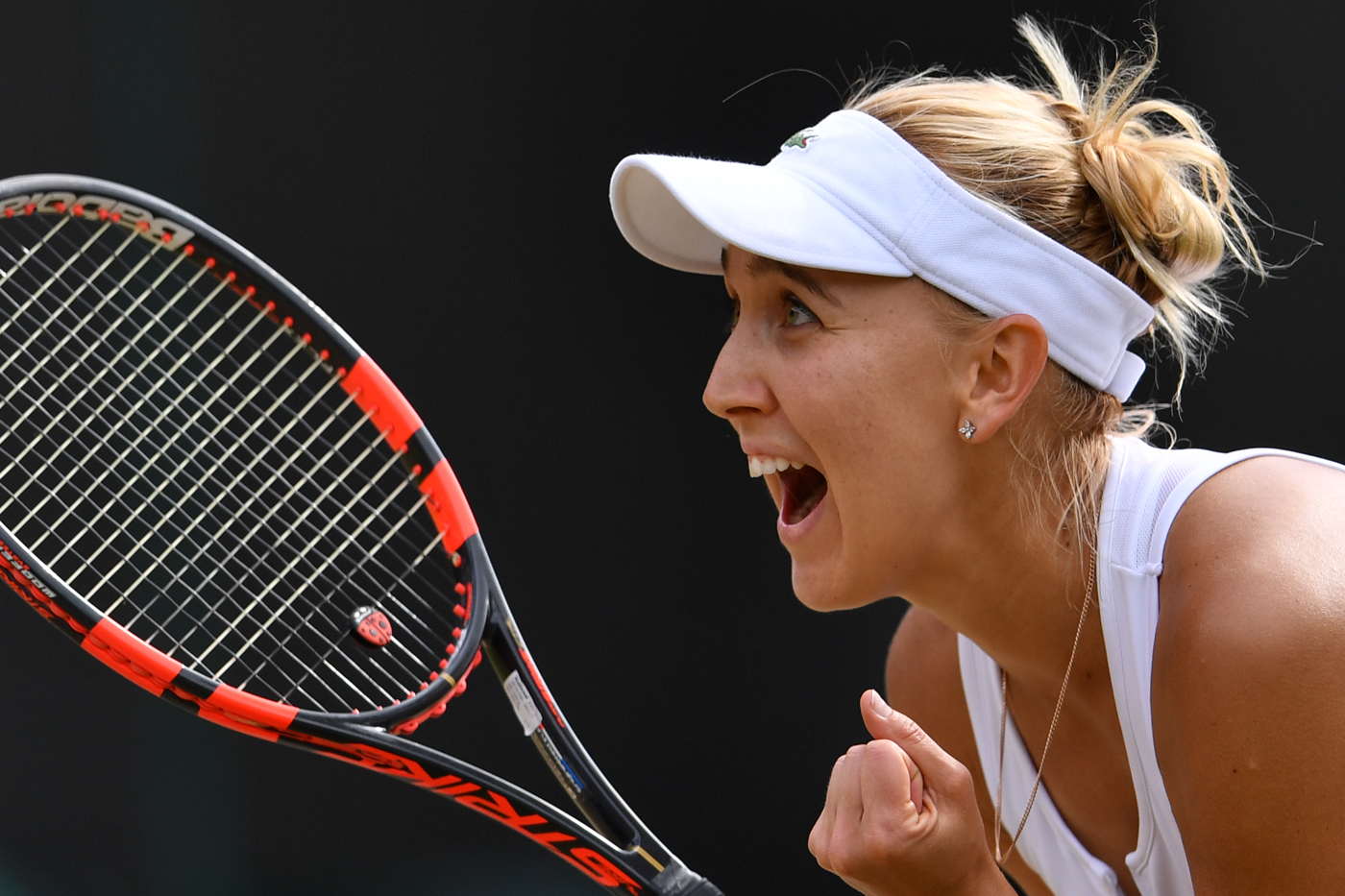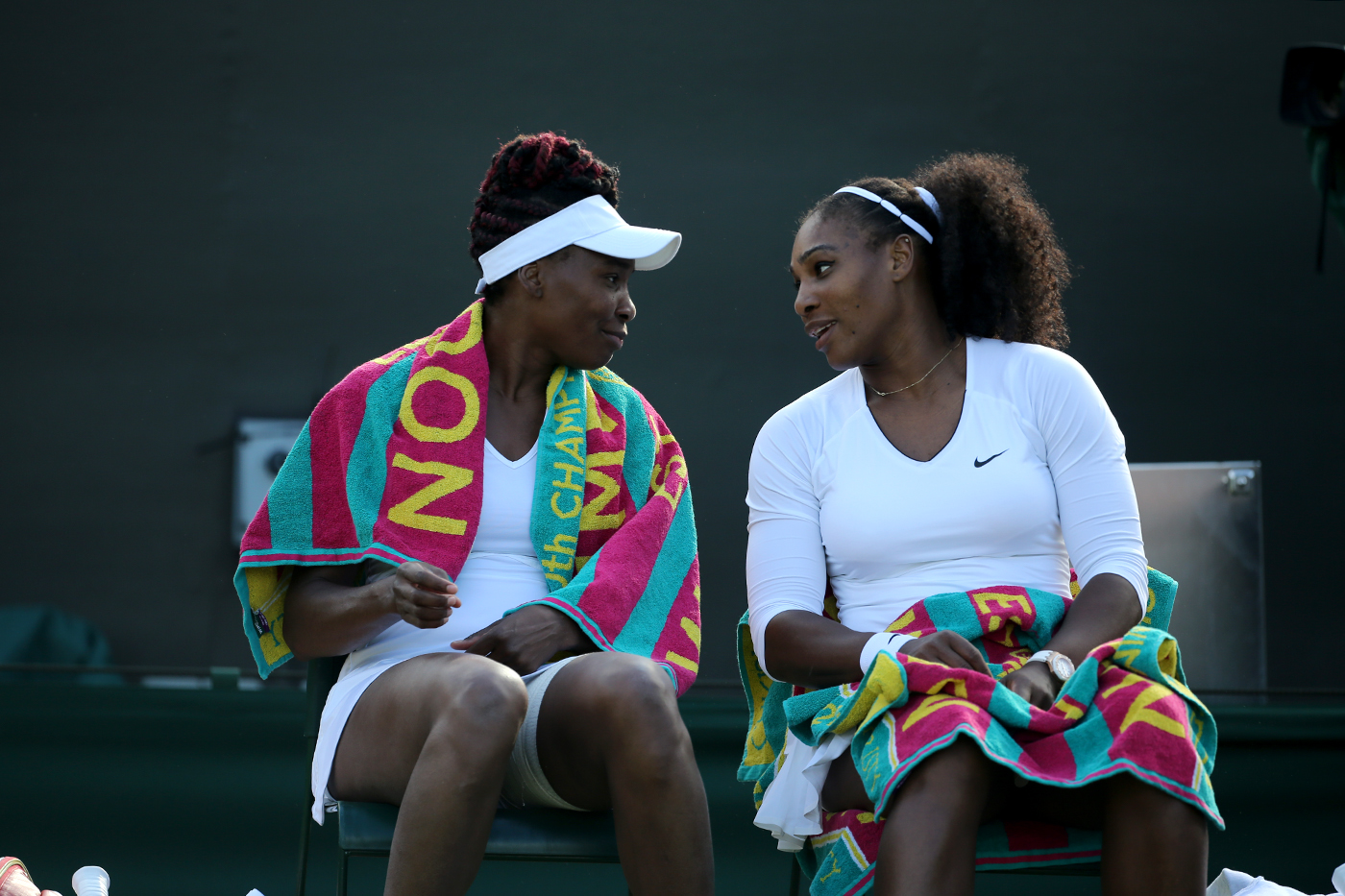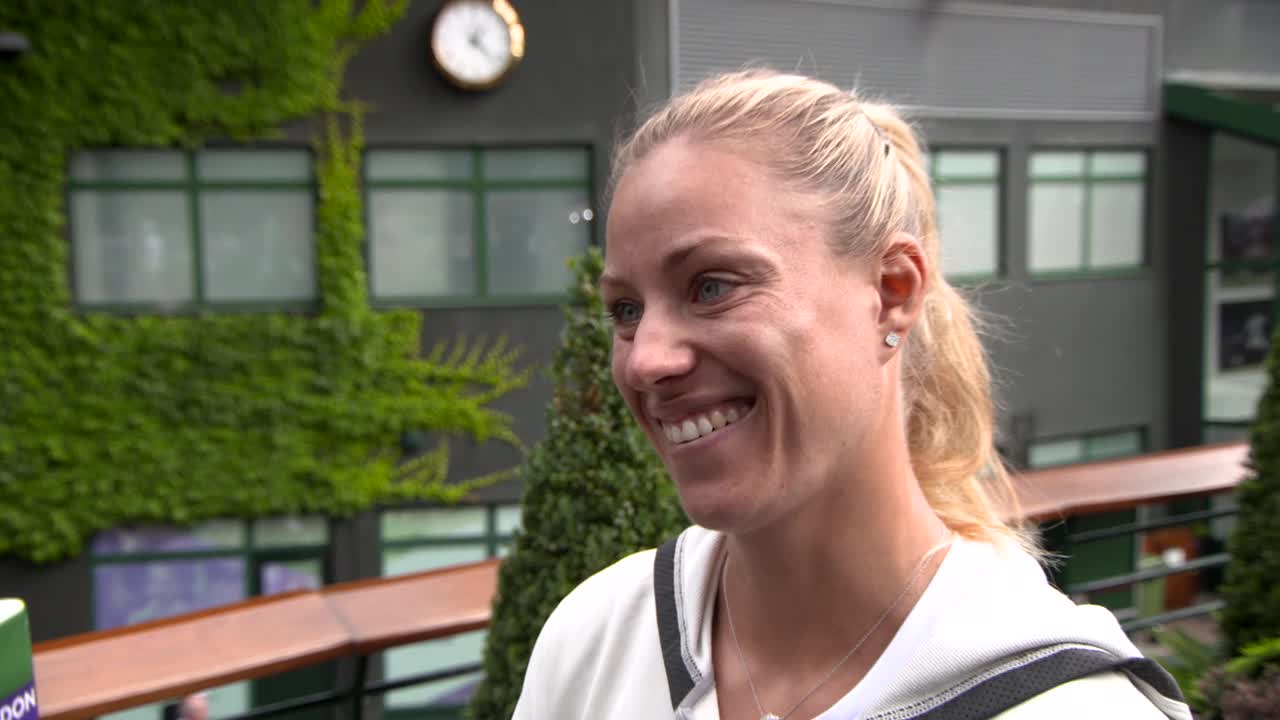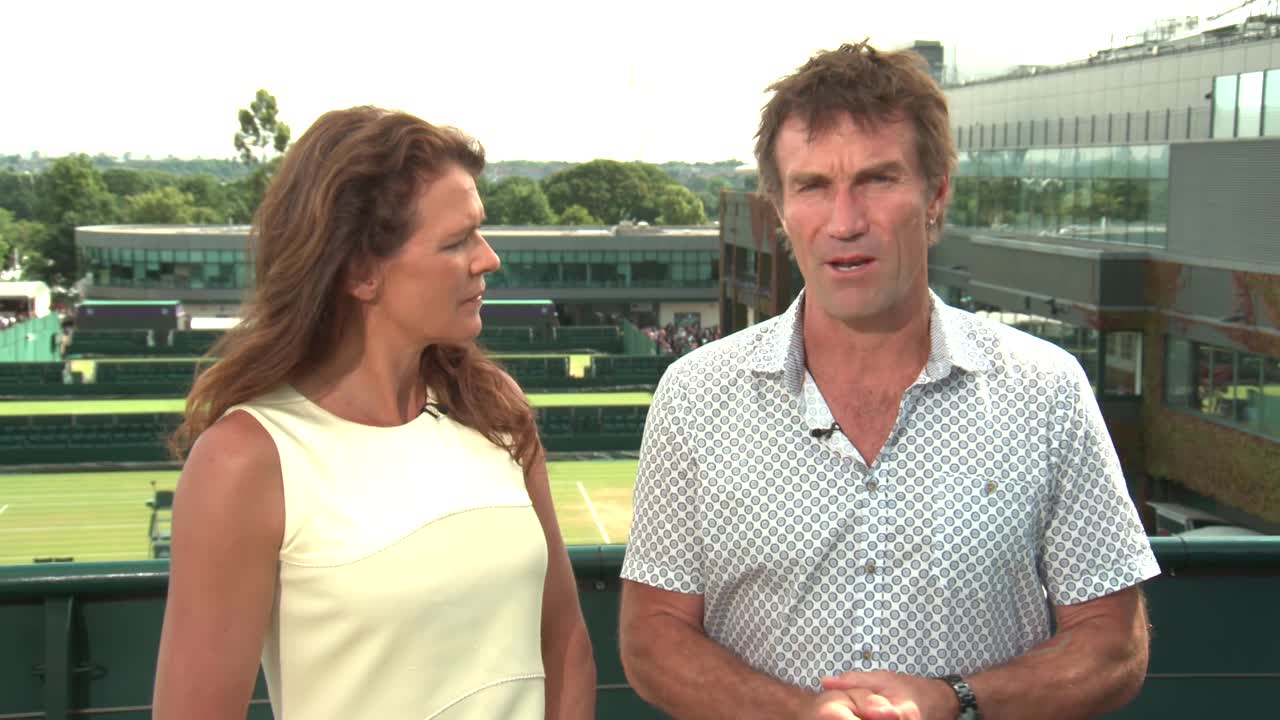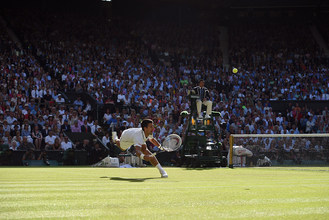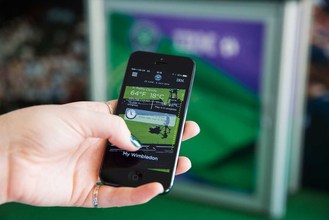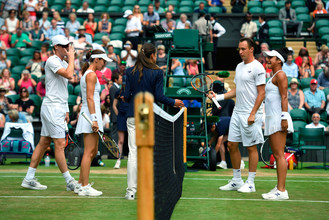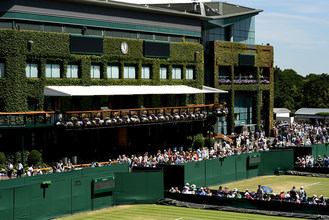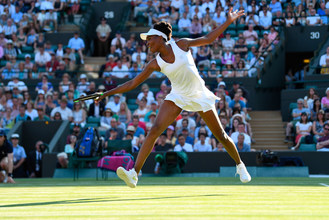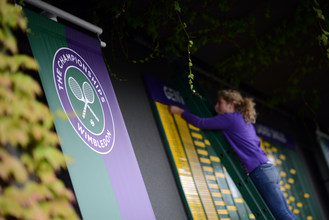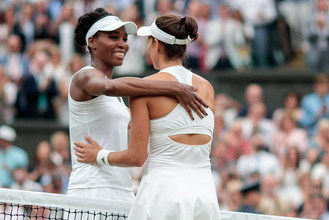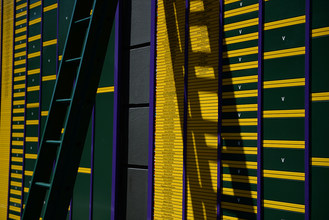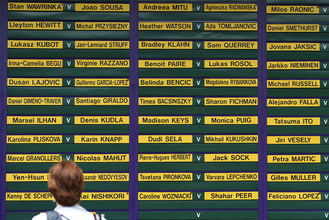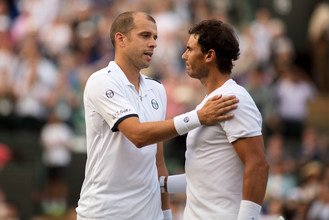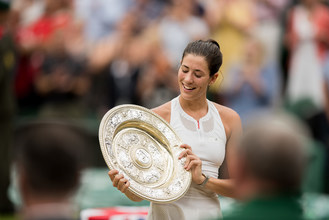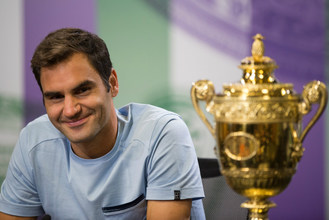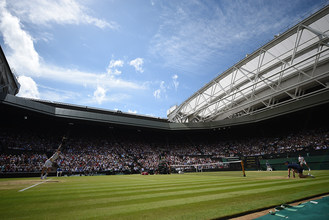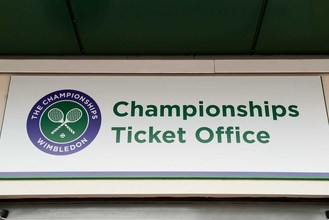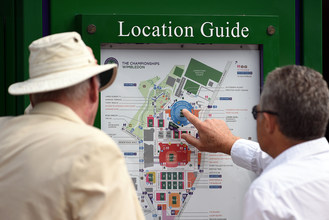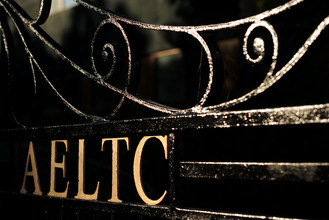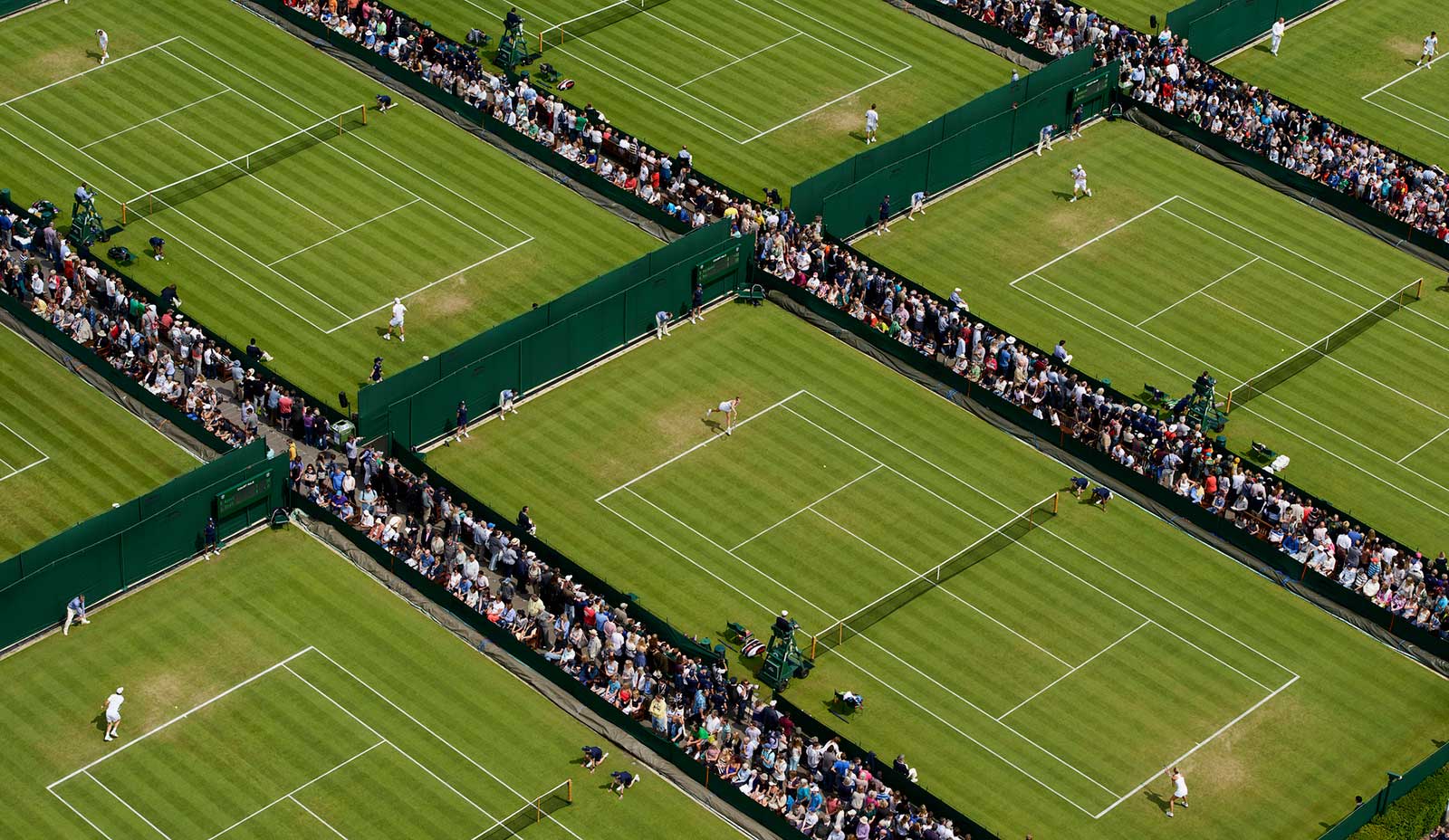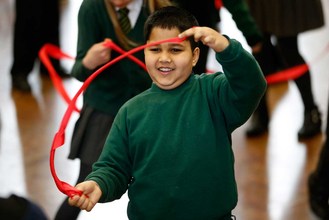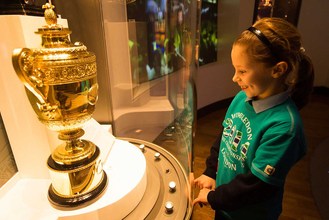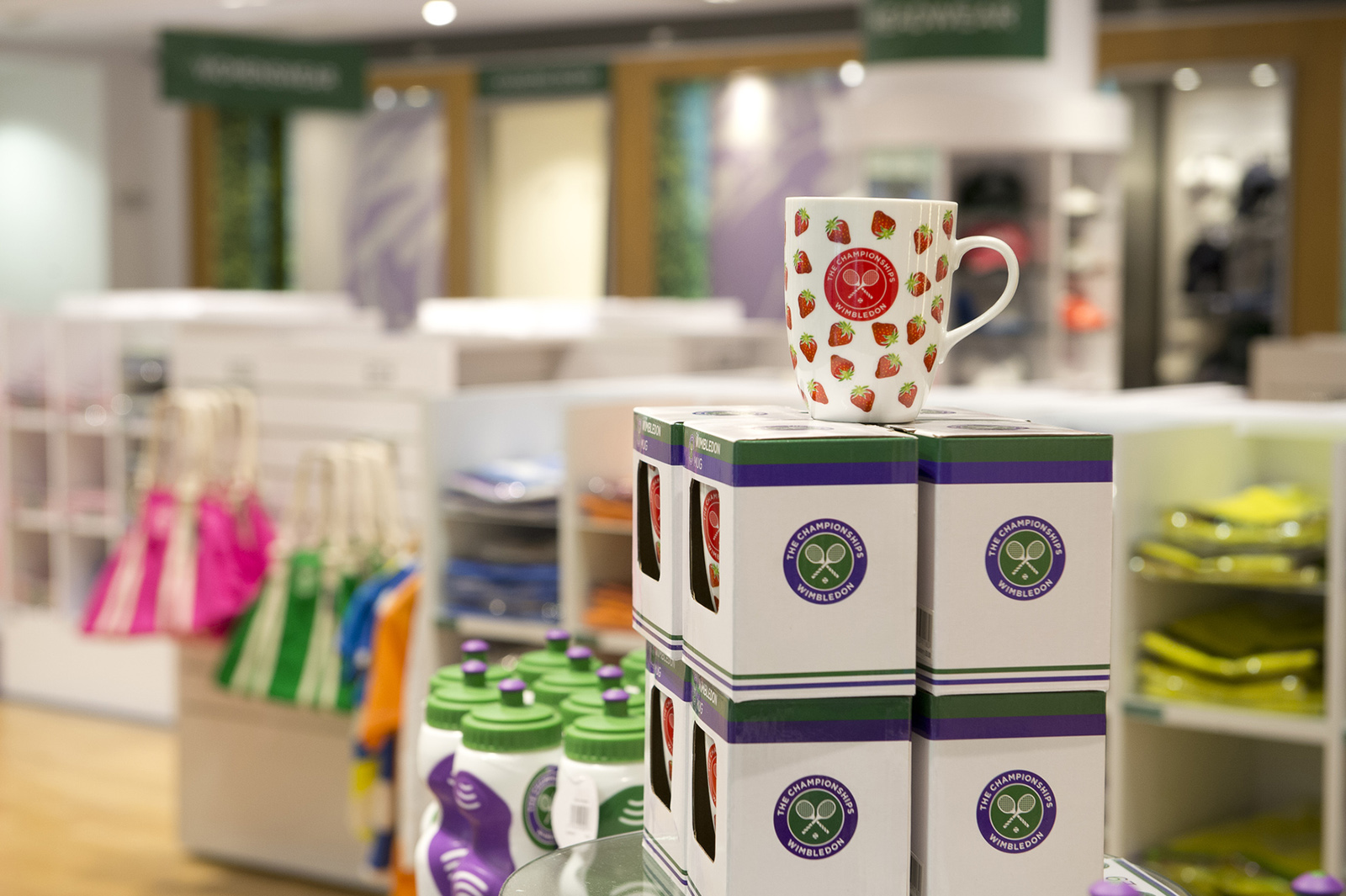Follow the latest news and scores from Wimbledon 2016 on Wimbledon.com or Apple TV, or download the official IOS or Android apps for smartphone and tablet
Venus Williams made Grand Slam history before hitting her first ball at Wimbledon 2016.
Five wins later, she’s made a little more and could yet add further achievements to the record books.
The American’s 71st major appearance has drawn her level with compatriot Amy Frazier for the most Grand Slams contested by any player, man or woman.
Now at her 19th Championships, the five-time former champion is one of three women to have reached the Wimbledon semi-finals after her 36th birthday, along with Billie Jean King and Martina Navratilova. Should she win her next two matches, she will replace sister Serena Williams as the oldest Grand Slam champion aged 36 years, 24 days.
If those figures astound you, you are in good company.
“I know everybody’s talking about Serena and how well she’s playing, but the one name that really stands out is Venus,” said Jana Novotna, who beat Williams in the quarter-finals 18 years ago en route to her 1998 ladies’ singles victory. “It’s quite amazing that she’s still doing it – and doing it well.”
Novotna is back at Wimbledon as part of the ladies’ invitation doubles, where the Czech is partnering Helena Sukova. The round-robin event features eight teams including British duo Anne Keothavong and Melanie South, four and six years Williams’ junior respectively, alongside the likes of former world No.1s Navratilova, Arantxa Sanchez Vicario, Tracy Austin and Lindsay Davenport.
Her 19th Wimbledon? That's just incredible, to come back and get to the semi-finals
Meanwhile, Williams is preparing for the 20th semi-final of her 20-year career, and her first since the 2010 US Open, where she will face Australian Open champion Angelique Kerber.
In Austin’s eyes, Williams is the stand-out feel-good story among the four players still standing. “Her 19th Wimbledon? That’s just incredible, to come back and get to the semi-finals. And when you add the Sjogren’s syndrome as well, it’s quite the story.”
It is Williams’s first Grand Slam semi-final since being diagnosed with the energy-sapping auto-immune condition back in 2011. Since then, the former world No.1 has slowly worked her way back into Grand Slam contention, reaching the second round twice at the majors in 2012, the third round three times between 2013 and 2014, and two quarter-finals in 2015.
“Most people were thinking, 'Ok, if she comes back and plays, is she going to be able to play as well?'” Austin added. “And is she going to want to continue to play if she doesn’t do as well? Or can she handle the tiredness? She’s talked about the fact that some days she wakes up and she’s totally exhausted and she doesn’t know which days those are going to be.”
Williams may be the elder stateswoman of the WTA tour, but she is also part of a growing trend in the women’s game. Go back almost 30 years to the end of the 1986 season, when there were 12 teenagers and five players over 30 years old in the world’s top 50. Today, the thirtysomethings outnumber the teens, eight to three.
“It’s the same for Roger Federer and many other players,” agrees Novotna. “With physical training, with physios and with the new equipment, you can prolong your career. There are ways to do it which, in our times, we didn’t have this option.”
“In the quarter-finals the youngest player was [Simona] Halep at 24,” Austin points out. “It really has changed, and it’s because of the physicality. It takes a little time for these young ladies to get strong enough to play. Also the age-eligibility rule, where you’re not allowed to play unlimited events until you’re 18, means they’re not accruing experience fast enough.”
“But I also think we’re seeing players play longer because the recovery is so much better, they’re taking care of their bodies better. It used to be a big deal when everybody had a coach, but now everybody has a physio, a coach, a hitting partner – so many of them have four members of their entourage.”
Both Novotna and Austin concede that world No.4 Kerber is the favourite heading into Thursday’s semi-final showdown. The German “is playing her best tennis, and with the lefty serve it’s not going to be easy,” Novotna said, while Austin believes the added pressure of playing as a Grand Slam champion has dissipated since her first-round exit in Paris.
“We’ve seen a lot of the women that have come through and won their first major, and they really have difficulty after that because there are more expectations,” said the two-time Wimbledon semi-finalist.
“Kerber is now saying that she felt extra pressure at the French Open, and she now feels more relaxed, she’s calmed down. Plus Venus has put in a lot of time on court, and added the doubles as well.”
Nevertheless, to see Venus rising once more is a remarkable sight to behold – and yet not entirely surprising, according to both Austin and Davenport.
“I think if you’re going to pick one major it would be this, on grass, where she’s a five-time champion and her game is tailor-made for this surface,” Austin said. “So many other players are not really comfortable on this surface. Playing on grass and feeling confident on it is so much about an attitude, and accepting it.”
For Davenport, it’s the recent improvement in Williams’ fitness that has impressed her most – even if the 36-year-old’s suggestion that she may continue until the 2020 Olympics in Tokyo, at the age of 40, “totally blows my mind”.
“I think she’s battled a lot of injuries, and I think she looks much healthier on court than she has in the past,” said the 1999 champion, who lost all four of her meetings with Williams at Wimbledon, twice in the final. “She’s not moving as well as she was 10 or 12 years ago. But she’s moving better than she was two years ago, which is important.”
More than that, Davenport added, Williams is still having fun – and as long as that is the case, there’s clearly nothing stopping the seven-time Grand Slam champion.
“The biggest thing is the smile,” she said. “The smile has been huge for the two weeks here. She looks happy to be playing and competing, and she’s handled some tough situations well. Venus, there’s no timetable for her. She’ll stop when she wants to stop.”

